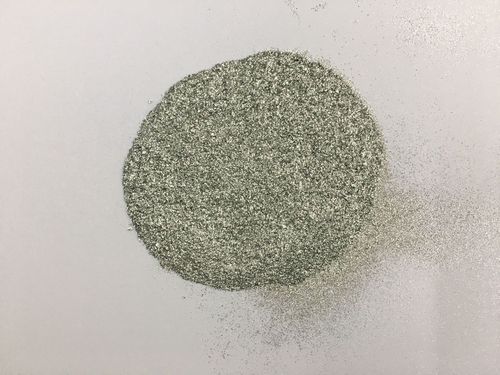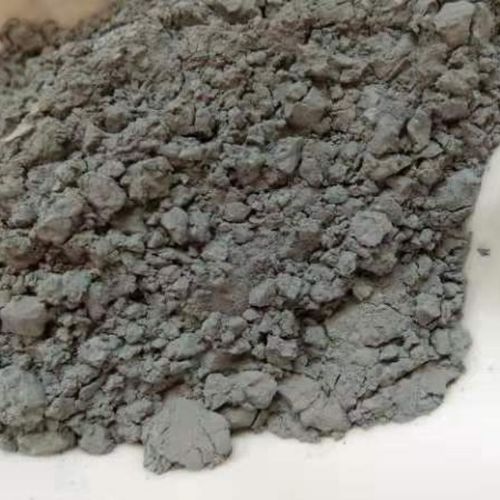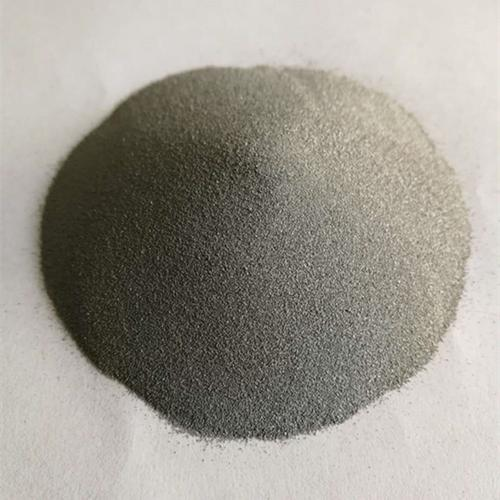**Tungsten Tales: Unearthing the Metal That Powers Our World**
(Where Does Tungsten Come From? Origin and Distribution)
You might not think about tungsten much, but it’s everywhere. This tough metal hides in phone screens, lightbulbs, and even drill bits. But where does it come from? Let’s dig into its rocky origins and how it travels from deep underground to your gadgets.
Tungsten wasn’t always easy to find. Back in the 1700s, chemists in Europe puzzled over a strange mineral that messed up tin ore. They called it “wolfram,” meaning “the devourer of tin” in German. By 1783, two Spanish brothers finally isolated the metal, naming it “tungsten” from Swedish words meaning “heavy stone.” Fitting, because it’s nearly twice as dense as lead. Picture a cannonball the size of a lemon—that’s tungsten for you.
So how does this heavy metal form? It starts with Earth’s fiery insides. When hot magma rises and cools, minerals crystallize. Tungsten bonds with oxygen and other elements like iron or manganese, creating minerals such as wolframite and scheelite. These minerals often show up near granite mountains or places where ancient volcanoes once erupted. Over millions of years, shifting tectonic plates shoved these rocks closer to the surface, where humans could eventually reach them.
Today, tungsten isn’t spread evenly. China produces over 80% of the world’s supply, with big mines in Jiangxi and Hunan provinces. Russia, Canada, and Bolivia also have reserves. Some of the rarest tungsten deposits sit in the Andes mountains, formed by volcanic activity long ago. Oddly, tiny amounts even exist in ocean water, but grabbing it from there? Not worth the effort—yet.
Mining tungsten isn’t simple. Miners dig deep tunnels or carve open pits to reach ore veins. Crushing machines break the rock into dust, and chemicals separate tungsten powder. This powder gets heated until it melts into a solid bar. Most tungsten isn’t used pure. Instead, it’s mixed into alloys to make tools harder or added to electronics to handle heat.
Why does this matter? Tungsten’s toughness makes modern life work. Its heat resistance lets rockets survive blazing re-entries. Its density balances helicopter blades and blocks radiation in hospital X-ray machines. Even your smartphone relies on tungsten-coated chips to stay cool.
But getting tungsten isn’t always smooth. Some mines face political issues or environmental worries. Recycling helps, but it’s tricky. Tungsten products are often mixed with other metals, making them hard to break down. Scientists are hunting for better recycling tricks and even ways to mine asteroids someday.
(Where Does Tungsten Come From? Origin and Distribution)
For now, tungsten stays rooted in Earth’s crust, a quiet workhorse behind tech and industry. Next time you flick on a light or check your phone, remember: there’s a bit of ancient volcanoes and stubborn chemistry in your hand.
Inquiry us
if you want to want to know more, please feel free to contact us. (nanotrun@yahoo.com)


